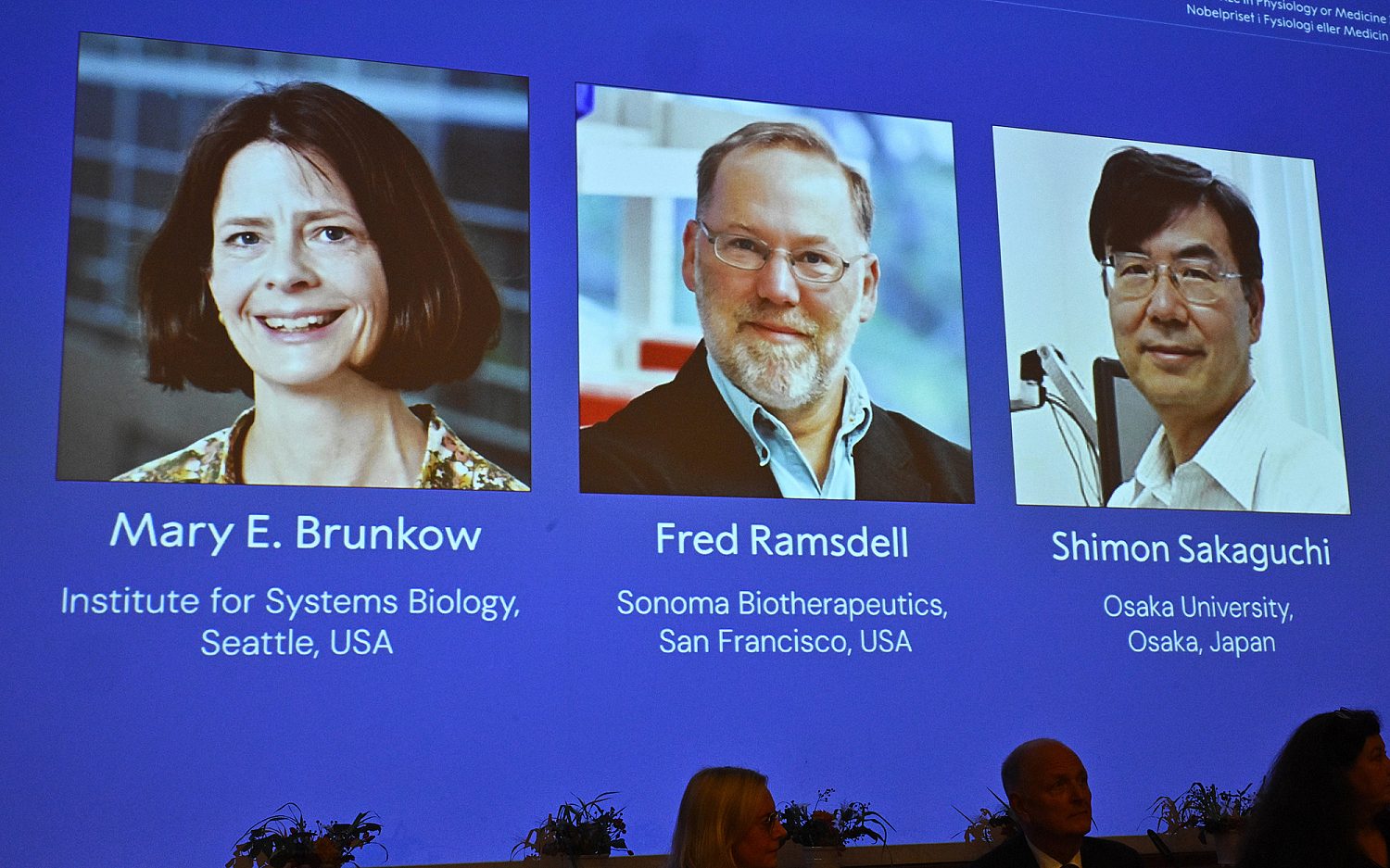Art at its most basic level
Flights of imagination inspired by a small-town church and its congregants
My writing began to change when, after living in cities for several years, Kris and I moved back home and settled into a little town in rural America. I became something I had never heard of: a small-town author. Church has been an important part of that process.
Inside a house of worship, we seek the balance between heaven and earth. We face our own mortality and contemplate the magnum mysterium of our existence.
“All men are like grass, and all their glories are like the flowers of the field. The grass withers and the flowers fall … but the word of our God stands forever” (Isaiah 40:6-8).
We experience the harmony of light, color, sound, and space, and seek a continuity in the written Word that links our present to the past. We seek what C.S. Lewis called “echoes of a greater story.”
Since 1970, Kris and I have belonged to a small Methodist church in Perryton, Texas. It has an excellent choir, a pipe organ, trained musicians, graceful architecture, and elegant stained glass windows.
During the Sunday morning service, we sing hymns and pray for healing and wisdom. We listen to a gospel lesson that was translated from Greek, hear a reading from the Old Testament that was translated from Hebrew, and follow the events of the liturgical year, involving a small-town rabbi who spoke Aramaic in a backwater region of the Latin-speaking Roman Empire.
Through sermons, music, prayer, liturgy, architecture, Scripture, study, and contemplation, we participate in a tradition that has been going on for 20 centuries, back to the days when Christians were meeting in caves beneath the streets of Rome. We repeat creeds and rituals that have survived persecution and theological upheavals. We nurse embers of memory about a man who never wrote a book, led an army, won a battle, owned property, or held a public office.
During the worship service, my eyes often drift to the arch-shaped stained glass window at the rear of the church. It was built back in 1949, and I don’t suppose anyone in our congregation remembers the name of the craftsman who made it, but it’s beautiful. I notice its geometric patterns and the way the images are illuminated by sunlight at 11:30 in the morning.
I have read that medieval cathedrals were designed according to precise mathematical relationships, so that the architecture produced resonance and harmony, both visual and auditory. Our church sanctuary seems to have this quality. It allows the mind to soar and I find myself thinking …
The human body—my body—is composed of 37 trillion cells and is home to 100 trillion microbes. Sometimes those microbes turn against me and I have to fight them with medicine, but most of the time they work in my behalf, without pay and without any direction from me. If they ever got bored and quit, my life would cease.
Astonishingly, there is a “me” who presides over this collection of microbes, meat, water, and electrical impulses. With nothing but scrambled eggs as fuel, chemically altered by deaf, blind, mute microscopic organisms, I am able to write books that make people laugh. I can sing tenor in Handel’s Messiah, hug my children, feed cattle in the snow, and play bluegrass music with my wife. And I can even think about what it all means!
If there were only one human being on earth who could do all of this, it would be enough of a miracle to contemplate for centuries, but there are 9 billion of us on this globe, in all shapes, sizes, temperaments, and colors. We occupy a blue planet that revolves around one of 100 billion stars in our galaxy, which is only one of 100 billion galaxies in the known universe.
The atheist denies that there is any pattern here that demands a Creator, but the microbes and the galaxies and the flowers of the field give their own testimony. They pursue their silent work without the slightest regard for what Bertrand Russell or Friedrich
Nietzsche had to say about them.
At this point my mind begins to fray and I recall one of my favorite verses from the Psalms:
“When I consider Thy heavens, the work of Thy fingers, the moon and the stars, which Thou hast ordained, what is man, that Thou art mindful of him … ?” (Psalm 8:3-4)
I am a writer proud of his words, but that verse leaves me speechless. I doubt that a mortal being has ever asked a deeper question, or expressed it with such stunning simplicity.
Paul Davies in his book The Goldilocks Enigma: Why Is the Universe Just Right for Life? (Mariner Books, 2006) asked the same question, but in the language of a physicist:
“What is it that enables something as small and delicate and adapted to terrestrial life as the human brain to engage with the totality of the cosmos and the silent mathematical tune to which it dances? For all we know, this is the first and only time anywhere in the universe that minds have glimpsed the cosmic code.”
These are matters I think about in church.
During other flights of imagination I have invented new Hank the Cowdog stories, created characters, and solved plot problems. I composed the song “Rotten Meat” during one of Jack Riley’s sermons and wrote the words on the back of a church bulletin. The song appears in the fifth Hank story, Faded Love, and is sung by two ruffian coyote brothers, Rip and Snort. Somehow, it all fits together, church and coyote music.
And always, in every service, I study the faces in the congregation and think about the continuity of generations. In our small-town church we have the opportunity to observe the transitions of human development at close range. As a member of the choir, sitting at the front and facing the congregation, I have a ringside seat.
One of the ushers at the rear of the church is approaching 80 years of age. I have faint memories of Don Cooper when he was a football star in our high school. He became captain of his football team at Texas Christian University, and Perryton was proud when he played in the Cotton Bowl. That must have been 1954. I watched that game in Bob Wright’s living room, on the first television set I had ever seen.
My old high school principal sits with his wife on the south side of the church—always in that spot, in their pew. He knew me when I was a teenage donkey, and if I have become something better, he deserves some of the credit. Fifty-odd years after I graduated, I still address him as Mr. Zoller. He will never be George to me.
Sara Lovett, who sings in the choir, was two grades ahead of me in school. Her father, Gilbert Mize, was our school superintendent, the man who hired my high school choir director, my football coaches, and Mrs. Love, the English teacher who inspired me to write poetry.
Sara’s husband, Charles Mack, was in my sister’s graduating class, and his father was my scoutmaster, a kind and patient man. In the basement of this church we held our troop meetings, planned our camping trips, and received our badges.
Two of our children, Ashley and Mark, were baptized at the church’s altar. Around the age of 3 they began going to the front for the children’s sermon. Before we knew it, they and the other members of their graduating classes were sitting at the front of the church on Senior Sunday, dressed in caps and gowns, bright-eyed and eager to go out and see the world.
In 1990, my family sat in those same pews during my father’s funeral service, which ended with a triumphant blast of pipe organ music, Widor’s “Toccata.”
As I get older I find it hard to hold back tears during weddings, funerals, and graduations. It makes me feel silly but I can’t help it. Those services overwhelm me with memories of children, parents, and grandparents, members of the community to which I belong.
I can never forget that I write books for them. Our lives are stitched together by threads of love, trust, memory, and tradition, and they deserve my best efforts as a writer. My art should make them better, not worse. This is not a new idea or one that originated with me. It is ancient and we have merely forgotten it.
What goes on in our little church, in our little town, is art at its most basic level, and it serves as a template for art as I practice it, following the liturgy of creation, life, death, and resurrection.
This is where it all begins. It’s not estranged, alienated, disembodied, or impersonal. It has meaning because it has a Source.
An actual newsletter worth subscribing to instead of just a collection of links. —Adam
Sign up to receive The Sift email newsletter each weekday morning for the latest headlines from WORLD’s breaking news team.





Please wait while we load the latest comments...
Comments
Please register, subscribe, or log in to comment on this article.